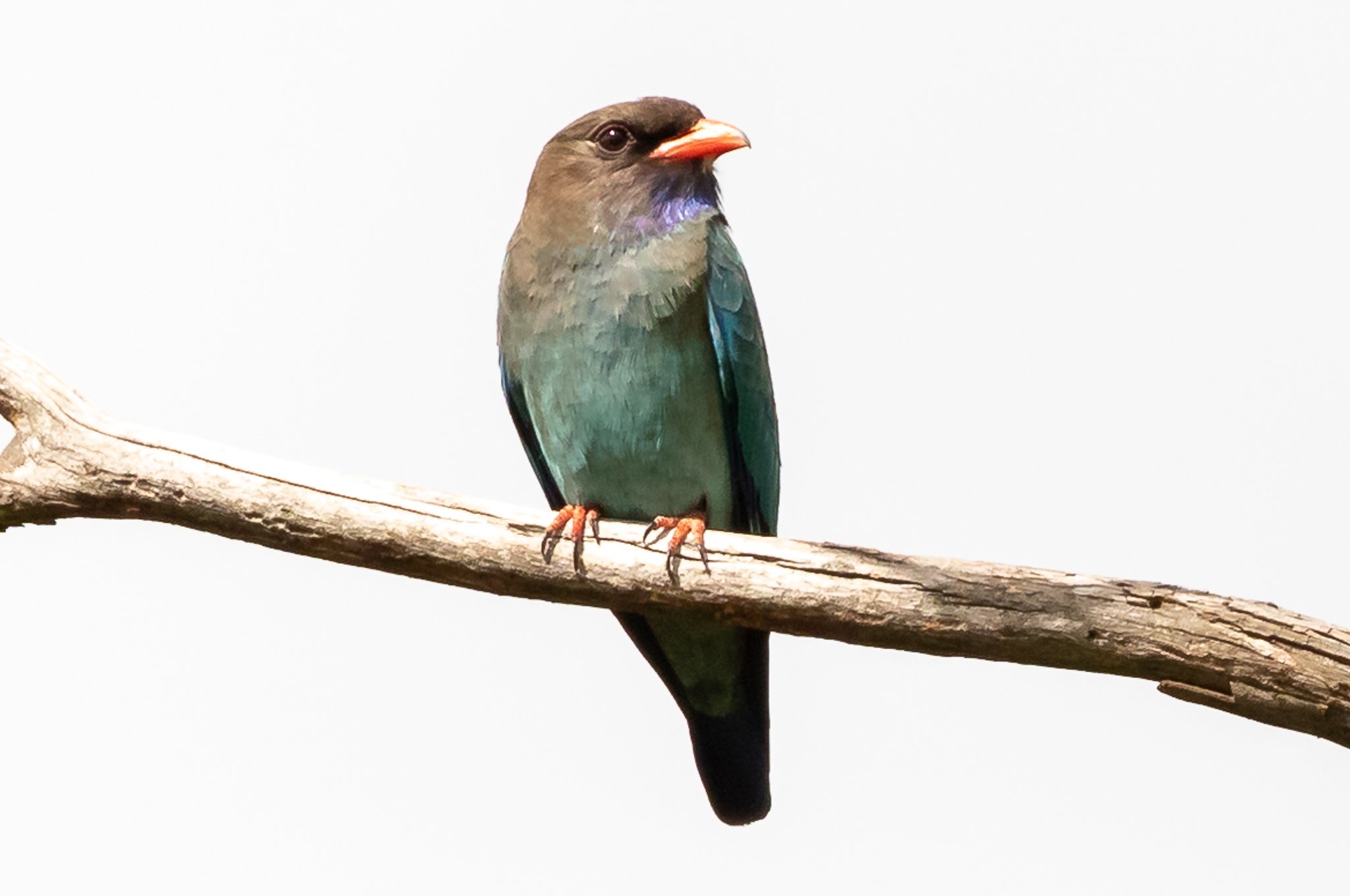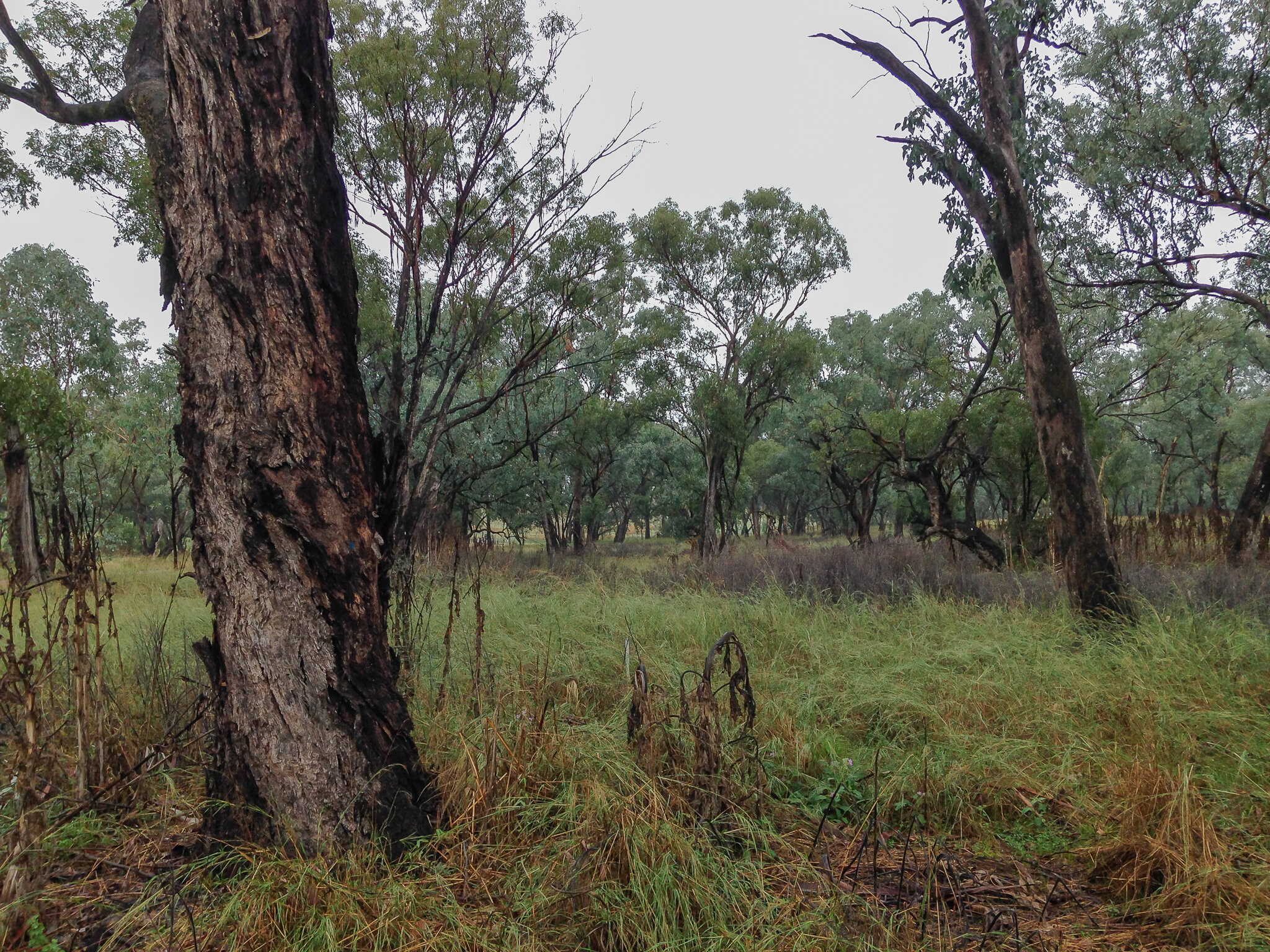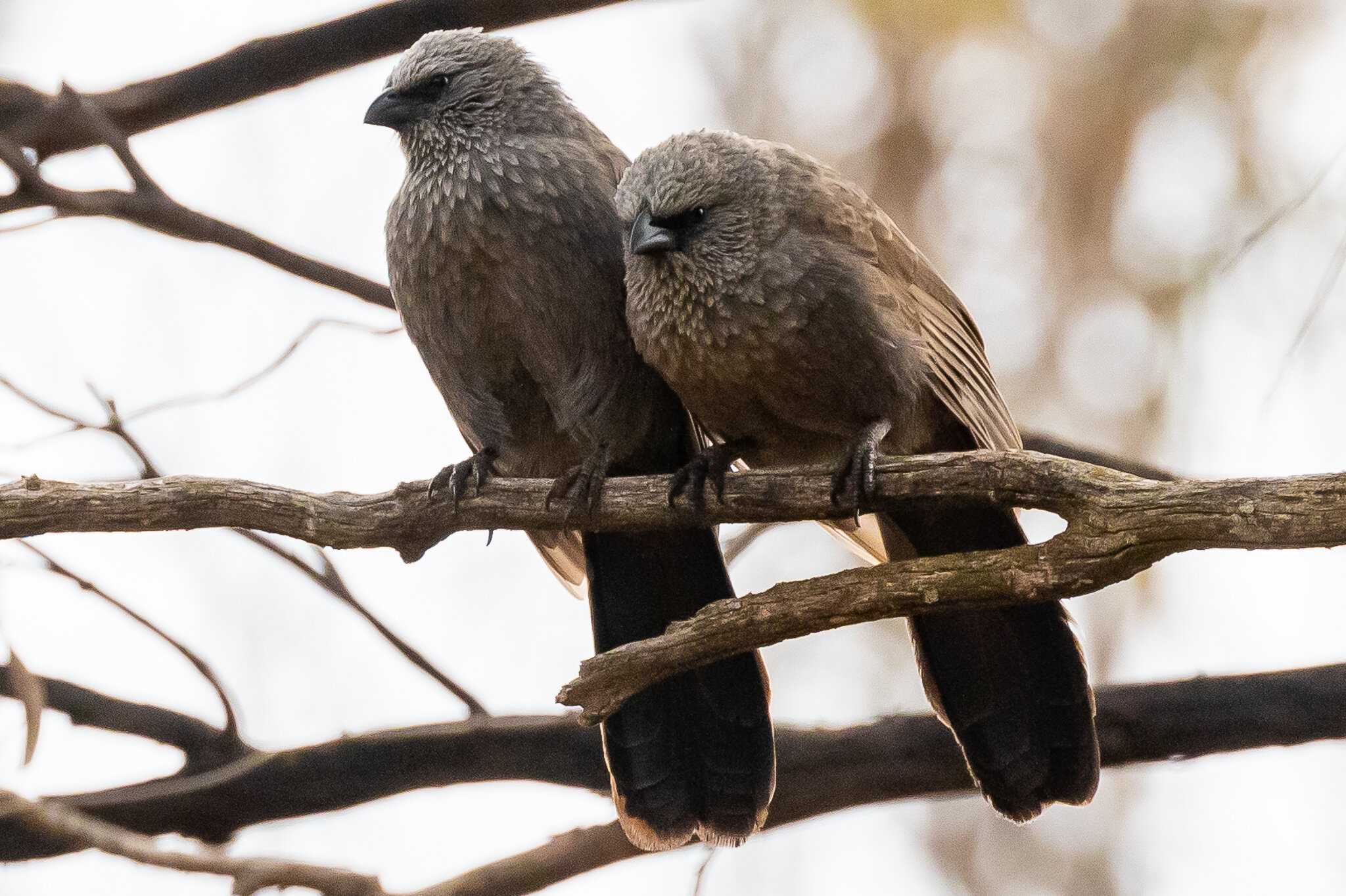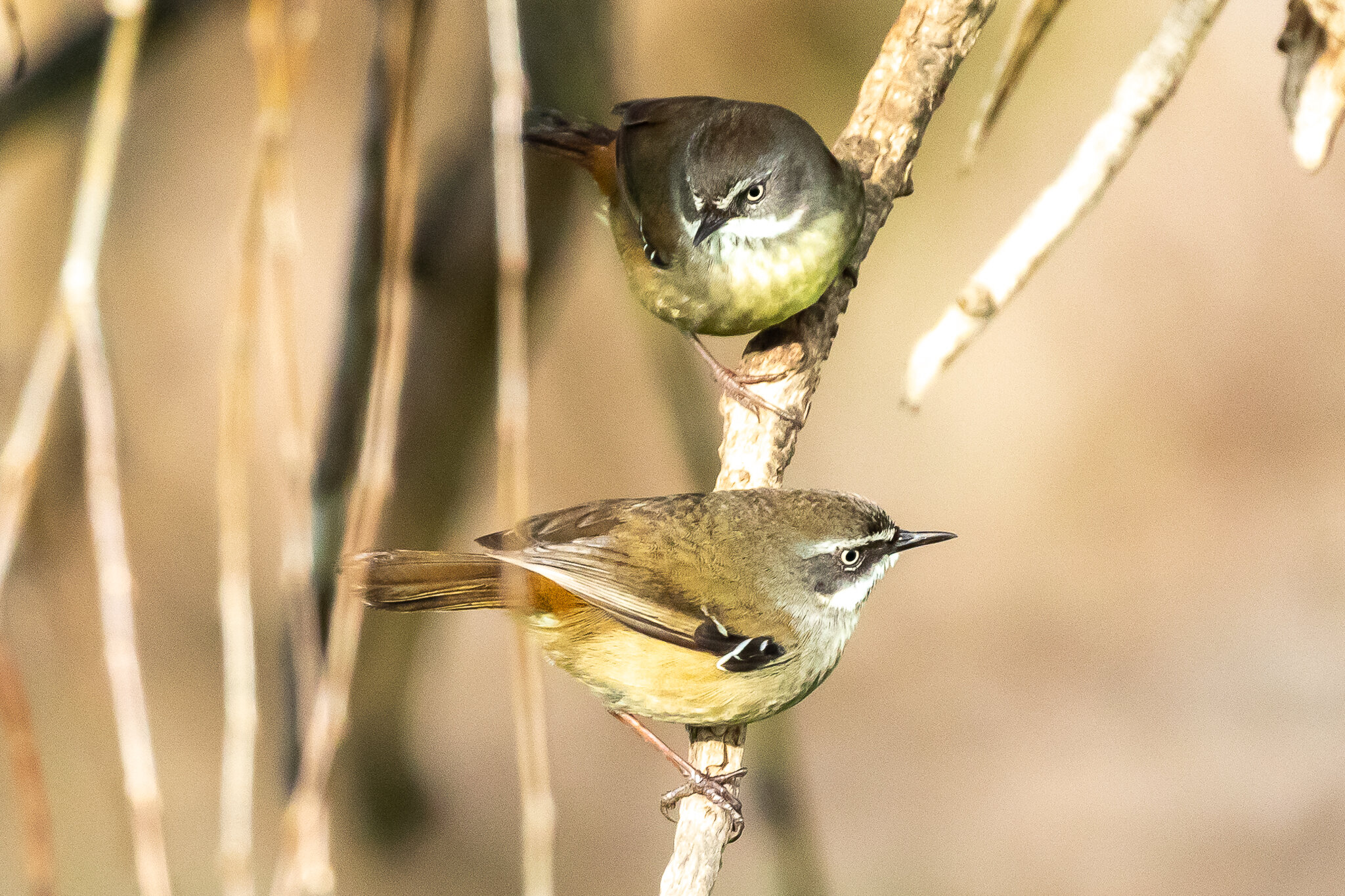The Cowra Woodland Bird Program has monitored the progress of woodland birds for over twenty years. The survey runs four times a year over around 100 separate sites selected within a 30 kilometre radius around Cowra, in central New South Wales. This winter’s survey produced some good bird numbers for the time of year, a response to several good years of rain in wheatbelt of Australia.
An Eastern Rosella takes its time to get moving on a misty morning in Cowra.
This Sulphur-crested Cockatoo has found refuge in the middle a fast moving creek, still at flood levels from the previous week's heavy rains.
A Mistletoebird in a rather dormant looking tree, perhaps looking for insects to accompany its fruit and seed diet?
These two characters seem to have left their White-winged Chough family group and made the Cowra Holiday Park their home.
White-naped Honeyeaters were out in force this winter, at times seen in flocks of ten to twenty birds and challenging the normally dominant White-plumed Honeyeaters.
A regular around the camping ground, the introduced Blackbird.























































